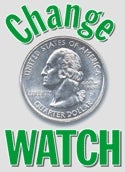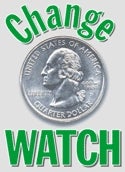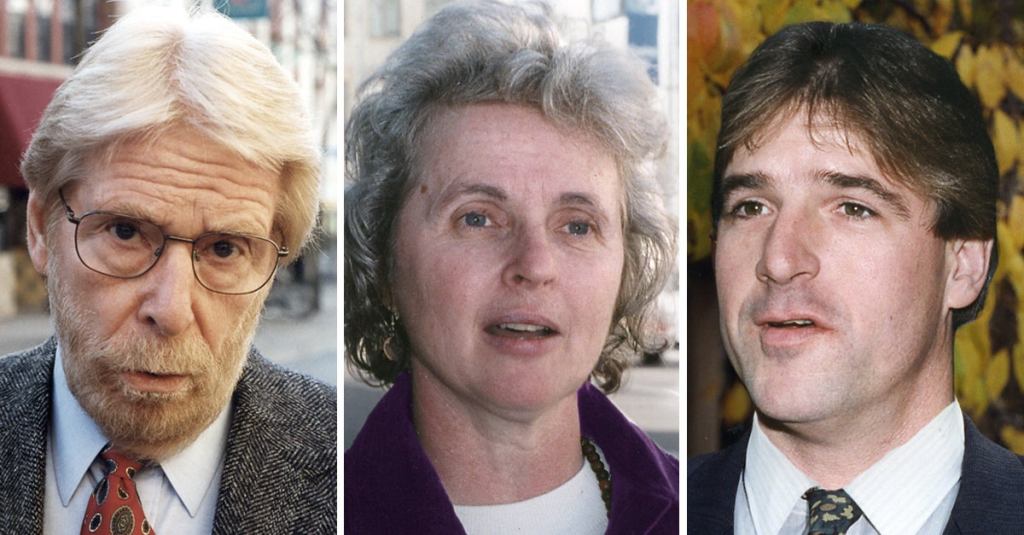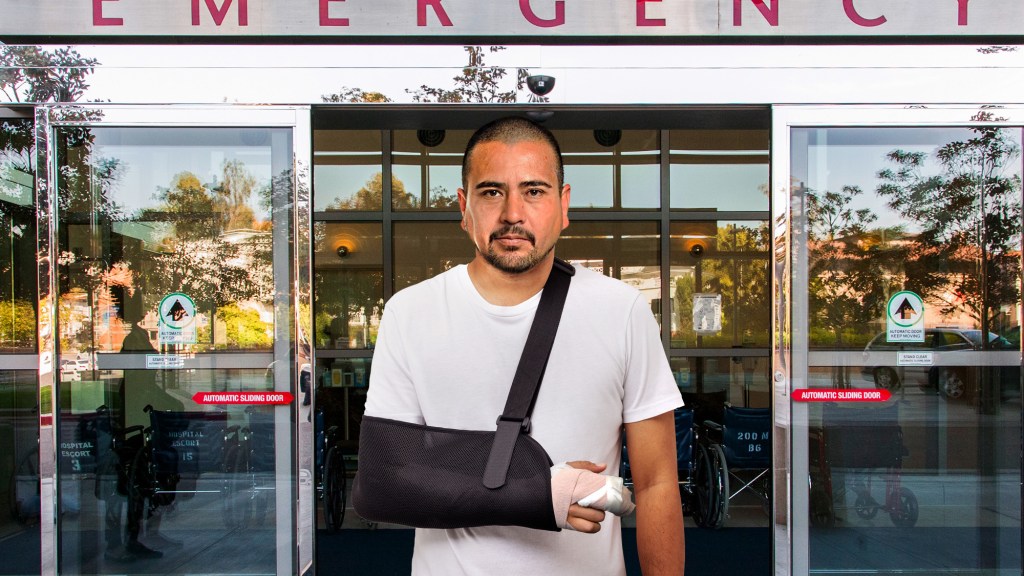DETROIT–According to survey results released Monday by the American Panhandlers Association, less than one percent of U.S. pedestrians gots 50 cent for the bus.

“Despite the current economic boom, we found that the average man on the street don’t got 50 cent to spare for the bus,” said Nate Braxton, president of the Detroit-based APA, the nation’s largest coalition of beggars, itinerants, and street loons. “Exactly why he don’t got no change is puzzling. After all, given the robust state of the American economy, you’d think he got a little something extra to help a man get ’cross town.”
In the survey, APA members in 15 major U.S. cities expressed their bus-fare needs to more than 2,700 pedestrians on the sidewalks of busy downtown areas, on park benches, and in the glass-enclosed entryways of McDonald’s restaurants. In 99.7 percent of the cases, the pedestrian replied that they sorry, but they ain’t got even a quarter.
“What up with that?” Braxton asked. “Wall Street havin’ one of the biggest sustained bull markets in history, but ain’t nobody got change so I can get to my job over on the West Side? Where all the money at?”
Ray-Ray, an APA researcher who manned a downtown Atlanta street corner for 120 hours in January, found that not only does virtually no one got 50 cent for the D line, man, ain’t hardly nobody who can even spare a little change toward gettin’ something to eat.
“I made it clear to the people I approached that I sure would appreciate whatever they got, even if it ain’t much,” Ray-Ray said. “I also made it clear that the money ain’t for booze or no drugs. But still, no luck. Apparently, can’t nobody help a fella out.”
“If a man can’t even scrounge up a little change for the bus,” Ray-Ray continued, “what the odds he got enough money to get me to Cleveland or help pay for my baby’s operation?”
According to experts, the dearth of spare change in Americans’ pockets may be a troubling indicator of economic hardship to come.
“Much like during the Roaring ’20s, Americans are living in the now, spending money as quickly as they earn it,” said economist Randall Farber of the Wharton School of Business. “They got they fancy leather shoes and leather briefcase, but they ain’t even got a haf dollar in cash to they name. With so few people budgeting with an eye toward the future, a collapse seems all but inevitable.”
Despite the ominous economic forecast, Braxton said he is trying to focus on the positive.
“True, it nearly impossible to find a dude with 50 cent to spare,” Braxton said, “but statistical data reveal that nearly three percent of pedestrians got between five and ten cent to go towards a new pair of shoes if the APA member’s old ones shot, and that the average amount donated doubled when the member explain that the shoes needed so he could do the work this guy Ed Wilson lined up for him.”
Pleased with the success of its research, if not the results, the APA will conduct another survey later this year concerning the alarmingly poor time-management skills of pedestrians.
“While attempting to collect demographic information from pedestrians in our study, such as where they from or where they headed, we discovered that very few Americans got a minute to come over and talk,” Braxton said. “In fact, some were so rushed and time-stressed, they couldn’t even spare a moment to acknowledge that we aksed them a question.”







